According to a critical report from the National Audit Office, the UK’s implementation of post-Brexit border arrangements is projected to cost £5 billion and is facing significant delays, numerous operational challenges, and additional burdens for businesses. Here’s the full story.
Brexit Benefits
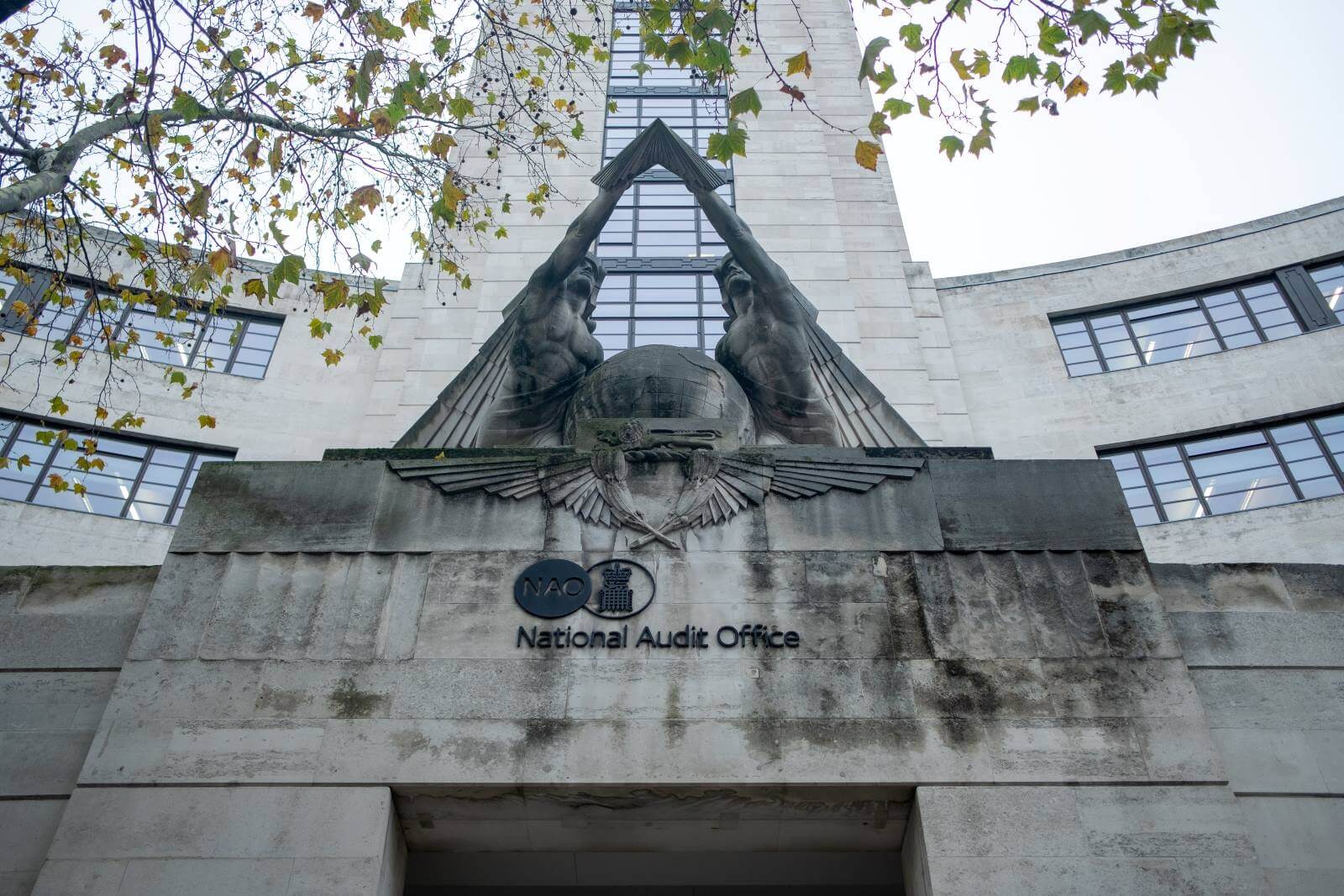
In yet another sign that the much-promised benefits of Brexit have yet to appear, a recent report from the National Audit Office (NAO) has shown that the British government is facing substantial expenses in implementing post-Brexit border arrangements.
£5 Billion

According to the NAO’s report, the new regulations, which are required to manage the transition of goods across customs borders, which did not need to exist when Britain was part of the EU, are projected to cost the UK approximately £5 billion.
Border Target Operating Model

The UK’s new Border Target Operating Model is planned to be launched in three phases: the first phase, which began on January 31, 2024, introduced additional certification requirements. The second phase, which launched on April 30, 2024, introduced physical checks at ports. The third and final phase, which is slated to begin on October 31, 2024, will require considerably more time-consuming safety and security declarations.
Repeated Delays
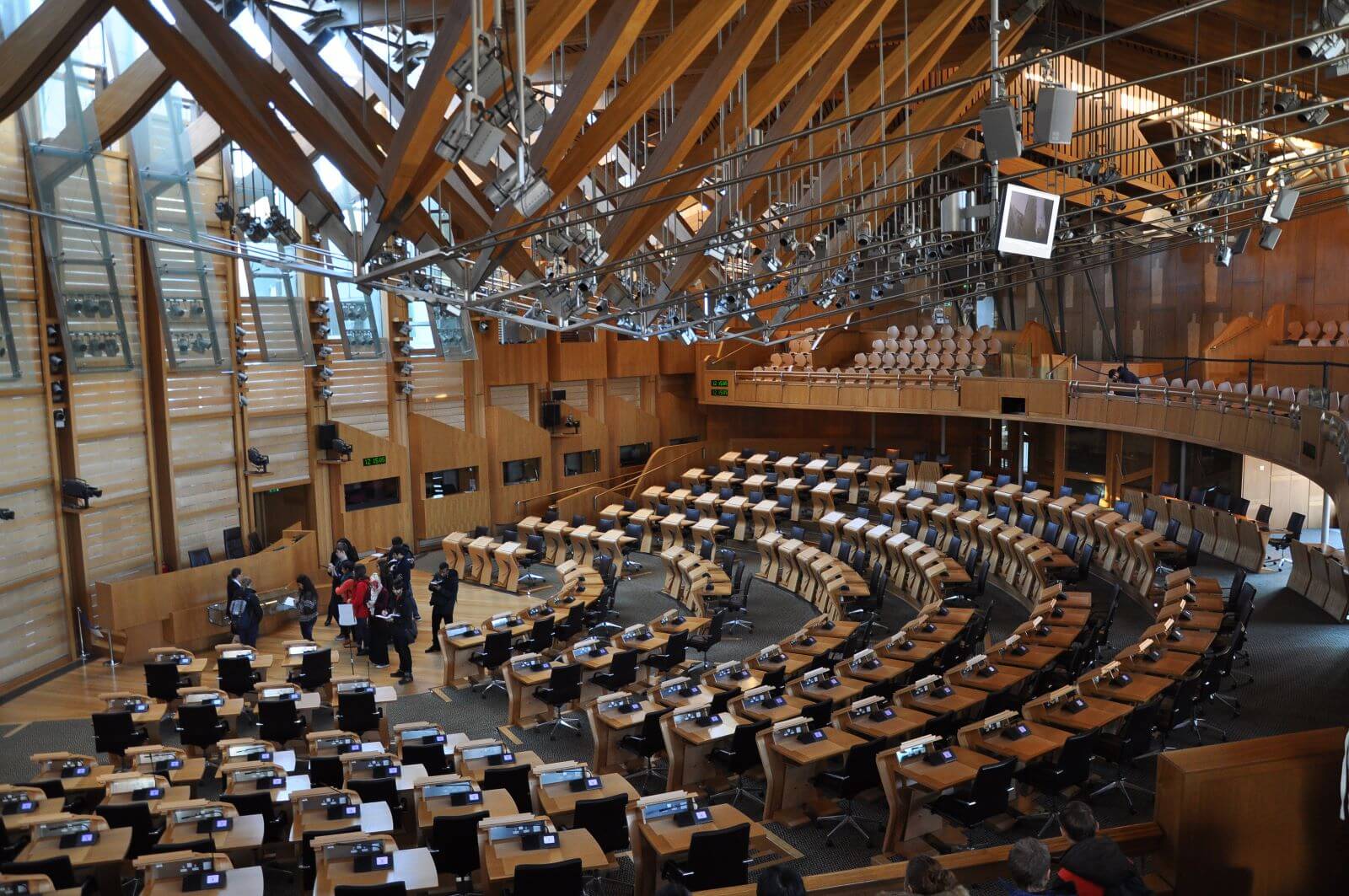
Despite the government’s elegant planning, the scheme’s implementation has been anything but simple, suffering from repeated delays.
Postponed Five Times

The scheme has become so unwieldy that, since the end of the transition period on December 31, 2020, full control implementation has been postponed five times.
Mounting Costs

These delays have led to significant uncertainty and ever-mounting costs for businesses, which have been highly critical of the government’s handling of the Border Target Operating Model.
Three Weeks Notice

Additionally, the late announcements of policy changes by the government have left businesses and ports scrambling to prepare for new regulations which have been introduced, sometimes with barely three weeks’ notice.
Eye-Watering Costs

As if preparing for the changes were not difficult enough, businesses involved in trading goods between the UK and the EU have faced eye-watering new costs and lengthy administrative holdups.
£7.5 Billion

The economic impact on UK businesses has been significant, with HMRC estimating that UK businesses have spent £7.5 billion completing customs declarations on post-Brexit trade with the EU, with an additional £54 million spent only on sanitary and phytosanitary certificates between January 2021 and December 2023.
Ramshackle Approach
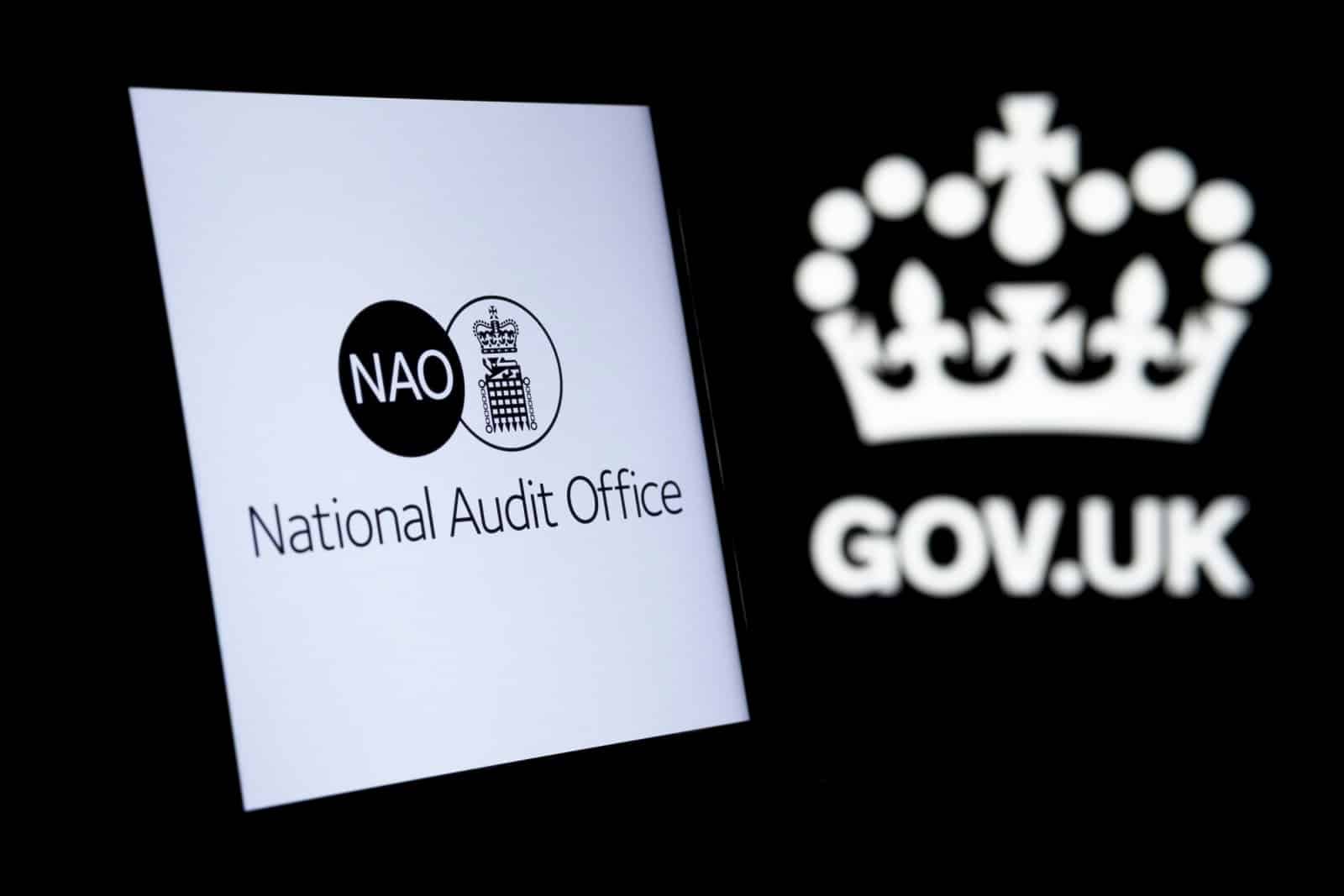
The NAO has also been critical to the government’s ramshackle approach to managing the post-Brexit border changes.
“Not Clear”

The head of the NAO, Gareth Davies, stated, “The UK leaving the EU created a large-scale change in arrangements for the movement of goods across the border. However, more than three years after the end of the transition period, it is still not clear when full controls will be in place.”
“Take Back Control”

The NAO is not alone in its concerns regarding the UK’s new border strategy. Dame Meg Hillier MP, Chair of the Public Accounts Committee, stated, “A key promise of Brexit was that we would take back control of our border. Yet more than three years after the end of the transition period, full import controls are still not in place.”
“Unnecessary Costs”

She continued, “Delays and changes in direction have caused unnecessary costs to government and businesses. As the PAC often sees across government, this could have been avoided with a clearer vision and better planning. Most controls will finally start operating this year. Government must now turn its attention to delivering its 2025 UK Border Strategy and improving the operation of the UK border.”
Technological Saviour

The government has been adamant that the post-Brexit border strategies issues will be worked out using technology, which it hopes will advance to the point that many of the checks will be streamlined or made unnecessary altogether.
“More Realistic”

However, the NAO has urged the government to take “a more realistic approach” to the potential for technology to solve all its problems.
“Effective Monitoring”

Davies stated, “The border strategy has ambitious plans to use technology and data to facilitate trade while managing risks. To achieve its objectives, government requires strong delivery and accountability – including a more realistic approach to digital transformation – together with effective monitoring to enable future improvements.”
Mounting Problems
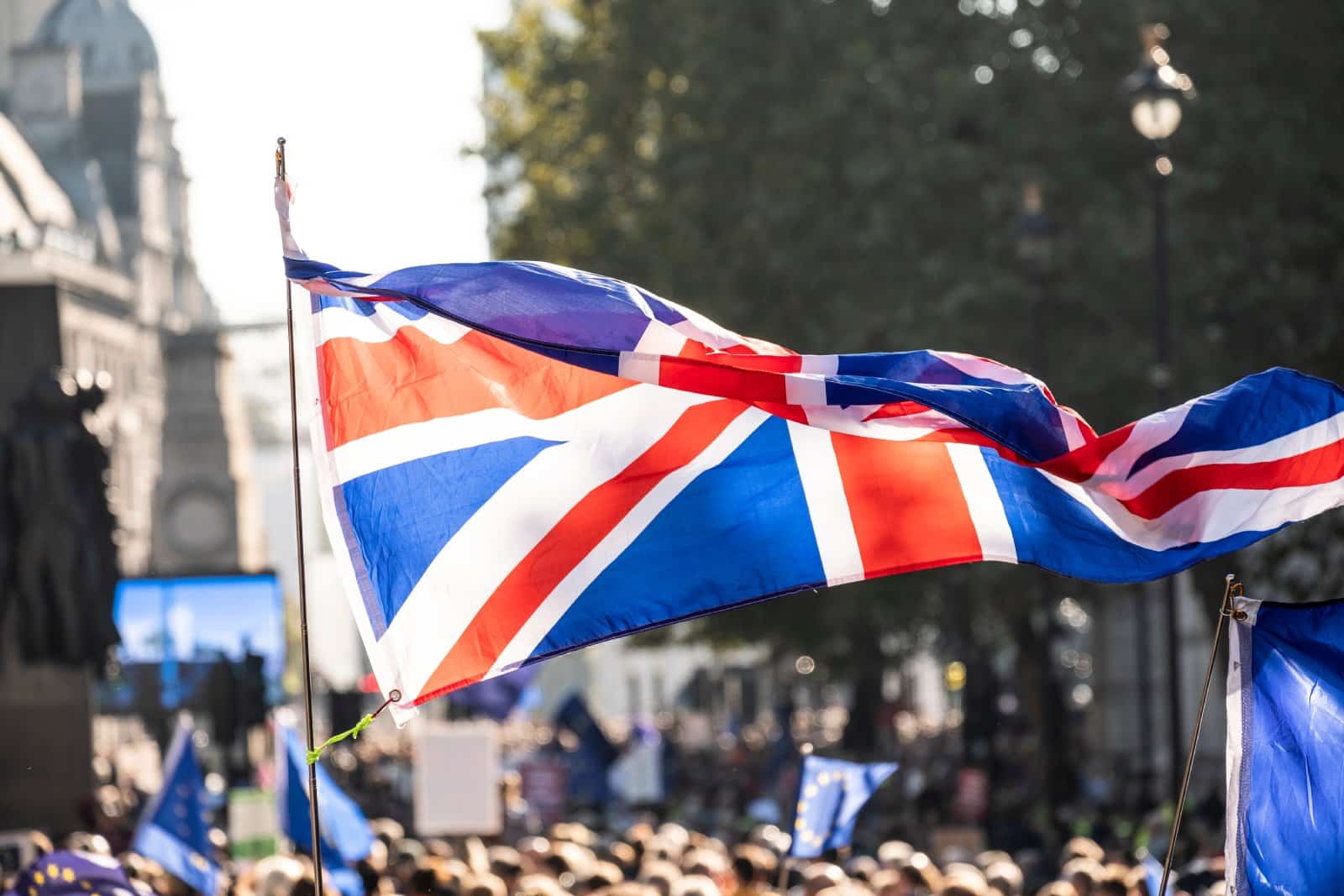
The NAO’s report serves as a crucial reminder of the magnitude of problems facing the UK post-Brexit.
Pandora’s Box
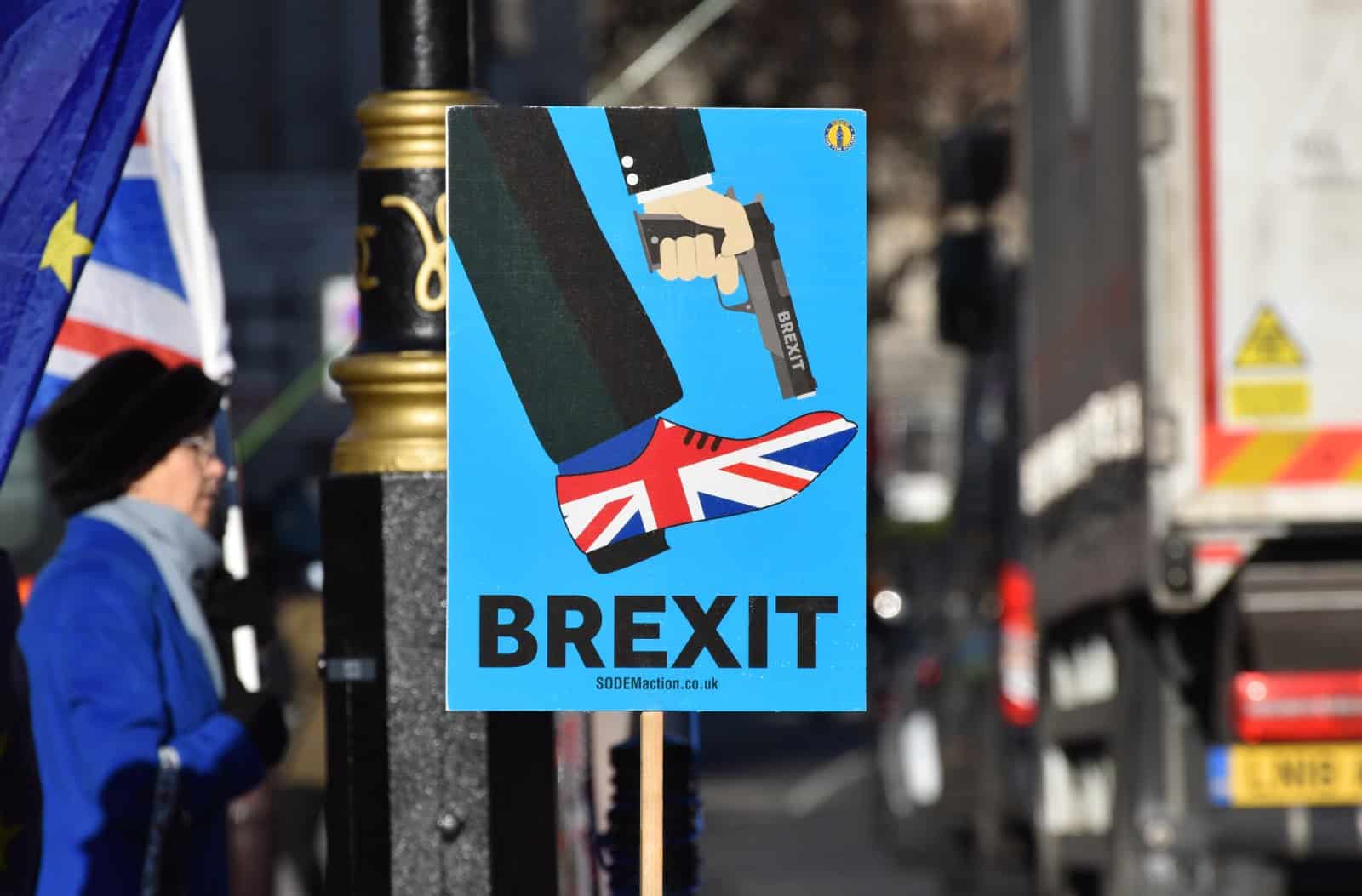
With several different agencies speaking out regarding what they see as the unmanageable demands placed on them by Brexit, growing public outrage over promises made which have yet to be delivered, and the growing costs for business to continue to function, the pandora’s box opened by Brexit seems yet to have emptied.
Uncertain Future

However, it remains to be seen whether this latest report will change the government’s plans or the implementation of the Brexit project as a whole.
The post £5 Billion Brexit Bill Leaves UK Without Border Control first appeared on Swift Feed.
Featured Image Credit: Shutterstock / Sean Aidan Calderbank.

